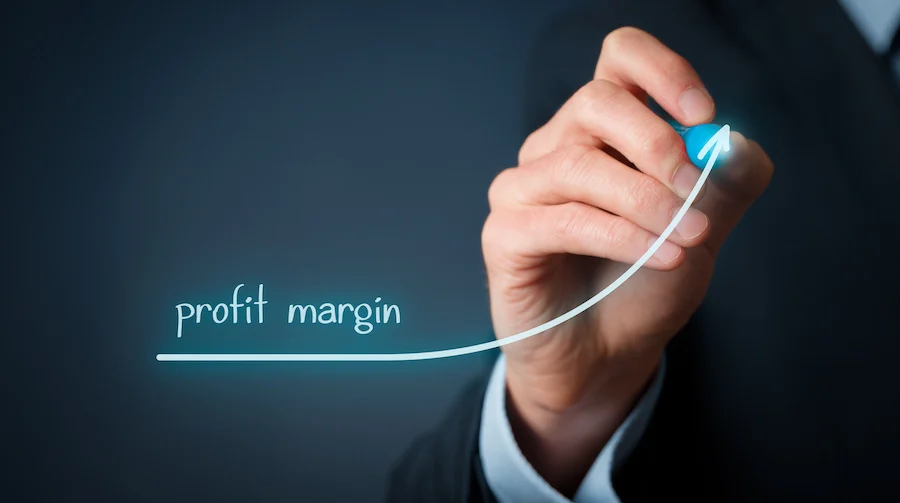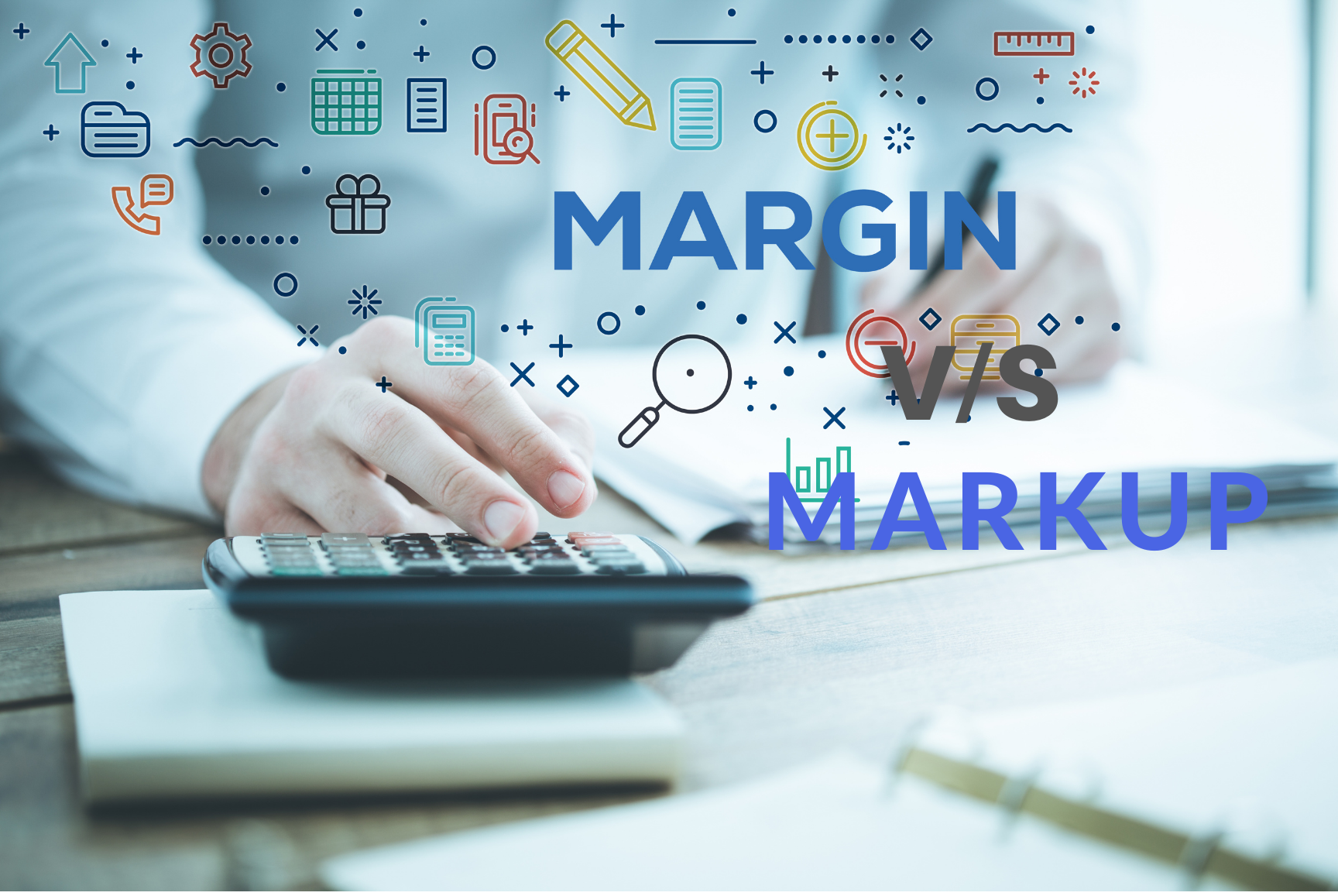Margin and Markup: Formulas, Differences, and Retail Value
Margin and markup are metrics that every retailer deals with when setting prices. Their absolute values are most often the same, but the percentages are always different. That is why there is confusion in their understanding and in making decisions.
What is the difference between margin and markup?

Profit in the retail chain is formed according to a simple scheme: "buy low - sell high". The price increase is the markup or margin in absolute units. But you should understand that the markup is used in the context of the purchase price (cost), and the margin - the selling price.
We systematize the main parameters of each metric and compare them:
Differences between Markup and Margin
Options | MARKUP | MARGIN |
Calculation algorithm | Calculated from the purchase price (cost), as a percentage by which price increases calculated | Calculated in the context of the selling price, as a percentage subtracted from the final sale price |
Formula | Markup, % = (Price - Cost) : Cost * 100% Markup, % = Margin : (100% - Margin) | Margin, % = (Price - Cost) : Price * 100% Margin % = Markup : (100 + Markup) |
Limit values of the metric | Markup value can be higher than 100% | Margin value is always less than 100% |
Informational | It shows the addition to the cost of goods: how much profit is added for every $100 of purchase goods | It shows the profitability of goods and the efficiency of the store (chain): how much profit we get from every $100 of goods |
Interdependence | If there is a markup higher, the margin will be higher | The margin percentage is always lower than the markup percentage |
Consequently, the markup reveals the process of generating profit, and the margin - the profitability of goods.
The markup (in percentage terms) is always larger than the margin and grows faster. At the same time, the trends of these metrics are the same: when the markup grows, the margin will also grow, and vice versa.
Examples: how can you calculate the markup and the margin?

Let's say a company sells fruit juices. The purchase price (cost) of a bottle of juice is $2, in the store it is sold for $5.
The difference between the sale price and the cost is $3. It is the absolute value of metrics.
Let's calculate markup and margin as a percentage:
- markup: ($5 - $2) : $2 - 100% = 150%
- margin:($5 - $2) : $5 - 100% = 60%
So, the juice price increased by 150%, i.e. $150 was added to each $100 of the cost, which will be reflected in the chain's future profit.
In addition, the selling price includes 40% of the cost and 60% of the margin. That is, every $100 of juice will bring $60 of profit.
So, the markup is calculated to determine the price, and the margin is calculated to assess the profitability of the chain as a result of all efforts.
How can you plan the markup and the margin?

Taking into account the close dependence between the markup and the margin, you can plan and adjust them to achieve your desired results:
Markup, % = Margin : (100 % - Margin)
Margin is a metric of the profitability of goods, and each retailer wants to achieve its optimal value. Therefore, knowing the desired margin, you can calculate the amount of markup that should be added to the cost (purchase price).
For example, let's say that the retailer wants to increase the margin for juice from 60% to 65%, provided that the cost (purchase price) remains unchanged. The required markup can be calculated as follows:
Markup, % = 65,0% : (100,0% - 65,0%) · 100% = 185,7%
With this markup, the selling price will be $5.71 ($2+ ($2 * 185,7% : 100%)). In the future, the competitiveness of such a price for juice in the market should be assessed. And if this price will satisfy demand, the retailer can receive a margin of 65%.
So, the margin and the markup have different values for the retailers:
if the markup indicates the pricing process, then the margin estimates the profitability of products/categories/brands;
both metrics have the same trends of change: increasing the markup, the margin also grows;
the metrics are interconnected: knowing the margin, you can easily calculate the markup and vice versa.
Accordingly, decisions based on these metrics will allow you to influence the profitability of the entire chain. And with the help of reports on the BI Datawiz platform for retail, the calculation of them will be prompt and accurate with additional opportunities to visualize their dynamics.
 Co nowego?
Co nowego?





 Nie potrzebna karta bankowa!
Nie potrzebna karta bankowa!